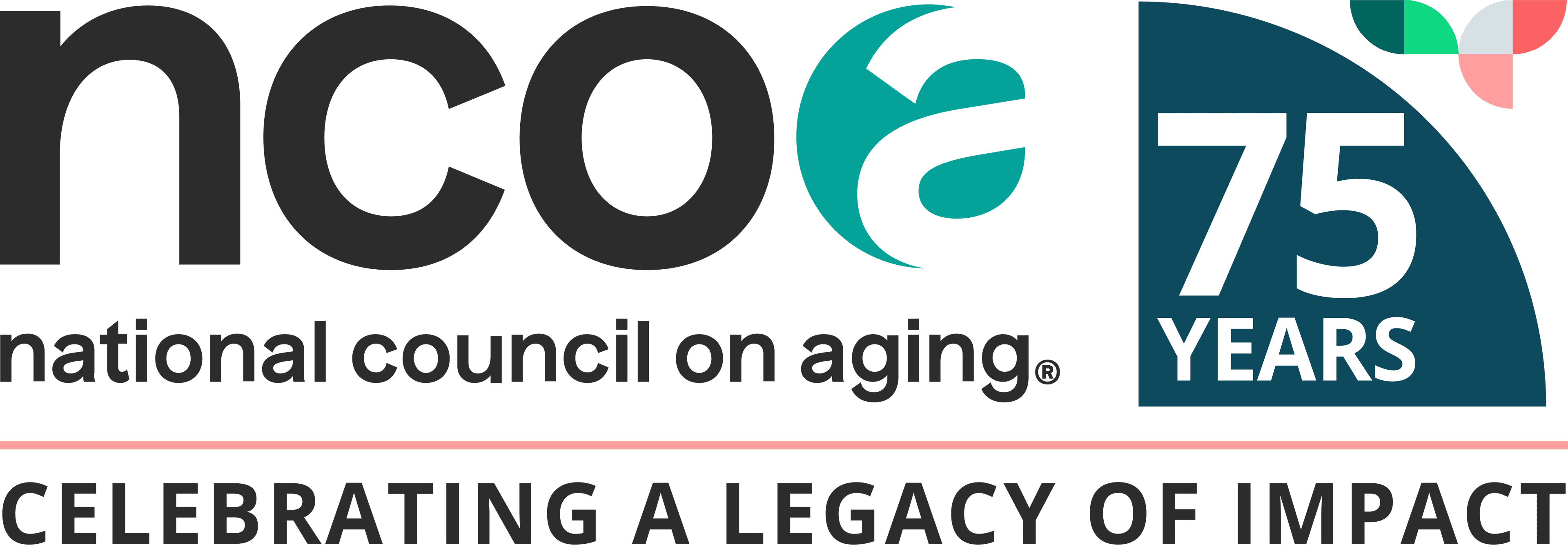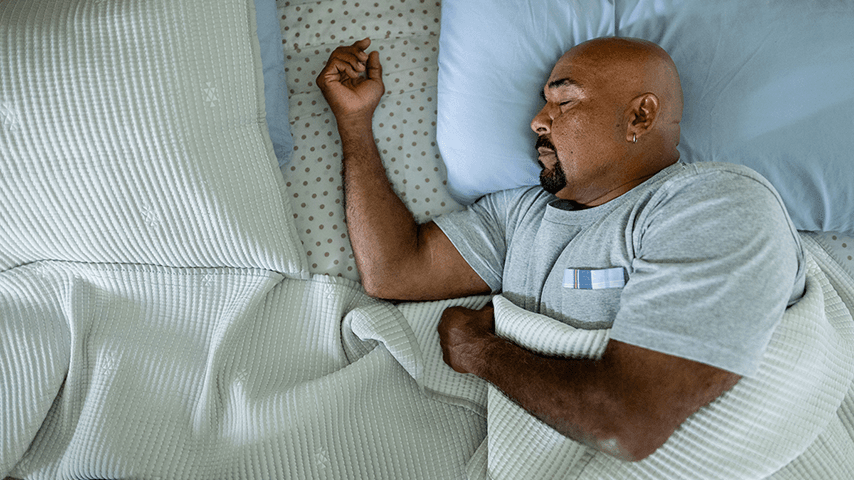
Do you find yourself gravitating toward the couch after lunch or feeling your eyelids droop during afternoon activities? You're not alone. Many older adults find a midday rest not just appealing, but necessary as the years go by.
Napping isn't a sign of laziness or decline—it's often a natural response to how our bodies and sleep patterns change with age. This guide explores when napping is beneficial, when it might be cause for concern, and how to make the most of your short-term shuteye.
Napping for older adults
Is it normal for adults to nap every day?
Napping is common among older people.This can be attributed to a number of reasons—from natural changes in sleep patterns and energy levels to certain health conditions.
Sleep and aging
As we age, our internal “sleep clock” shifts. You may become sleepy earlier in the evening and wake up earlier in the morning. Your sleep may also become lighter, leading to more awakenings throughout the night. As a result, you may awake in the morning feeling sluggish and not quite rested.
“There's a lot of evidence that in adults 65 or older in particular, they don't get all the sleep that they need at night because of aging effects,” sleep medicine physician James Rowley, MD, told the American Medical Association.
A quick 15- to 20-minute snooze can help “fill in the gaps” and contribute to your overall rest.
Are naps good for you?
Naps give us a boost. They offer our body and mind a refreshing break that can be very beneficial when done intentionally and in moderation.
Benefits of napping
A well-timed nap (more on that later) can:
- Boost alertness and concentration
- Increase feelings of relaxation
- Improve mood and reduce irritability
- Support memory and learning
- Reduce fatigue
- Help your body recover from poor nighttime sleep&
For many older people, naps provide a welcome respite from busy or physically demanding days. One study showed that even a single afternoon nap can help boost focus, coordination, and working memory in older adults.1
But here’s where the adage “too much of a good thing” comes into play. When you get excessive daytime sleep, it can wreak havoc with your nighttime slumber or even point to an underlying& health issue.
When napping can be a problem
Is napping always a good thing? Not necessarily. Napping can become problematic if:
- Your naps last longer than one hour.
- You nap late in the afternoon or evening.
- You depend on naps to get through each day.
- It interferes with your ability to sleep at night.
In these cases, naps may be disrupting your sleep cycle rather than supporting it. If your naps are very long or happen because you feel overly tired all the time, it’s a good idea to explore the possible causes.
Medical reasons for increased daytime sleepiness
A bit of daytime fatigue can be normal if you didn’t get a sound night’s sleep. But feeling unusually tired during the day, even& after sleeping a full 7-8 hours, may have medical origins. Some causes of hypersomnia include:
- Sleep apnea (brief pauses in breathing during sleep)
- Depression or anxiety
- Conditions that affect your muscles, brain, or central nervous system
- Traumatic brain injury
- Alcohol or recreational drug side effects
- Medication side effects (e.g., sedatives or blood pressure medications)
If you find yourself needing frequent daytime snoozes, it may be wise to contact your health care provider.
When to see a doctor
You should talk to your health care provider if:
- You feel excessively sleepy most days.
- You fall asleep unintentionally (e.g., during a conversation or while watching a show on TV).
- Your naps don’t leave you feeling refreshed.
- You’re having trouble sleeping at night.
Your provider may adjust your medications or recommend lifestyle changes to help you sleep better for longer periods. If they suspect a sleep disorder like sleep apnea, they may order a sleep study (polysomnogram). During a sleep study, you spend the night in a sleep lab, where sensors record your breathing, heart rate, oxygen levels, and brain activity. If you’d rather stay home, you may be able to use a wearable monitor& (though home tests may not provide as much detail about your sleep activity).
How long should a nap be for older adults?
The length of your nap matters. A brief, controlled nap can leave you refreshed, while a longer nap may leave you groggy.
Best nap length
As far as the ideal nap length for older adults, the American Academy of Sleep Medicine recommends short “power” naps of 20-30 minutes.2 This range helps restore alertness without causing grogginess (also called sleep inertia).
Longer naps (60 minutes or more) may lead to deeper sleep cycles, making it harder to wake up feeling refreshed. They may also interfere with your nighttime sleep.
Beyond nap length, another important factor is the time of day you nap.
Best time of day to nap
The best time to nap according to sleep experts is early afternoon, between 1 p.m. and 3 p.m. This timing works well with your body’s natural dip in energy and is less likely to hinder your ability to sleep at night. Avoid napping too late in the day, as it can make it harder to fall asleep at bedtime.
One study showed that people who napped regularly in the early afternoon—and kept a consistent napping schedule—showed fewer signs of Alzheimer's-related brain changes. But frequent morning napping was associated with a higher risk of developing Alzheimer's disease.3 These findings reinforce that the timing of naps can have profound effects on our physical and cognitive health.
7 tips for healthy napping
Napping can be a valuable tool for your health and well-being. Here are some tips to help you get the most benefit:
- Keep naps short: Aim for 20-30 minutes to restore alertness without disrupting nighttime sleep.
- Nap in the early afternoon: Midday naps are more natural and less likely to interfere with falling asleep at night. Try to nap before 3 p.m.
- Create a comfortable environment: Choose a quiet, cool, and dimly lit space that helps you relax.
- Avoid caffeine or heavy meals before napping: Both can interfere with your ability to fall asleep.
- Use a light blanket and supportive pillow: When you’re cozy and comfortable, it’s easier to fall asleep and wake up refreshed. Be sure you have a mattress that suits your needs and sleep preferences. See our expert picks for the best mattresses, best adjustable beds, best orthopedic mattresses, and best mattress topper for cooling.
- Set an alarm: This helps prevent you from oversleeping, which can leave you feeling groggy (and often worse than you did before your nap).
- Maintain a consistent sleep schedule: Going to bed and waking up at regular times can help improve your& general sleep quality.
Can’t fit in a nap? Take a moment to sit somewhere& quiet and close your eyes. You may actually slip into stage 1 sleep—the lightest form of sleep that lasts just a few minutes—without even noticing. Even this quick rest can help restore your energy.
"For many older people, taking naps is a natural way to recharge,” said Samantha Capacillo, Program Specialist with NCOA’s Center for Healthy Aging. “A short afternoon rest can really do wonders for energy levels and ;mental sharpness. When done the right way, it’s one of the simplest ways we can improve our overall well-being as we age."
Frequently asked questions (FAQ)
How long should a nap be for older adults?
Most people feel their best after a nap of 20-30 minutes. This helps boost alertness ;and energy without causing foggy headedness.
Is napping normal for seniors?
Yes, daily napping can be normal, especially for older adults. But naps that are too frequent or too long may signal an underlying health issue.
At what age should adults start taking naps?
There is no set age. Many adults begin napping more often as their sleep patterns begin to change.
Sources
1.Junxin Li, et al. Daytime Napping and Cognitive Health in Older Adults: A Systematic Review. The Journals of Gerontology. Series A, Biological Sciences and Medical Sciences. Dec. 6, 2022. Found on the internet at https://pmc.ncbi.nlm.nih.gov/articles/PMC10562891/
2.Associated Professional Sleep Societies, LLC. Napping behaviors predict mortality risk in middle-to-older aged adults. May 27, 2025. Found on the internet at https://www.sleepmeeting.org/napping-behaviors-predict-mortality-risk-middle-older-aged-adults/
3. Chenlu Gao, et al. Timing and intraindividual variability of daytime napping and Alzheimer’s disease in older adults. Communications Medicine. June 7, 2025. Found on the internet at https://www.nature.com/articles/s43856-025-00936-1



